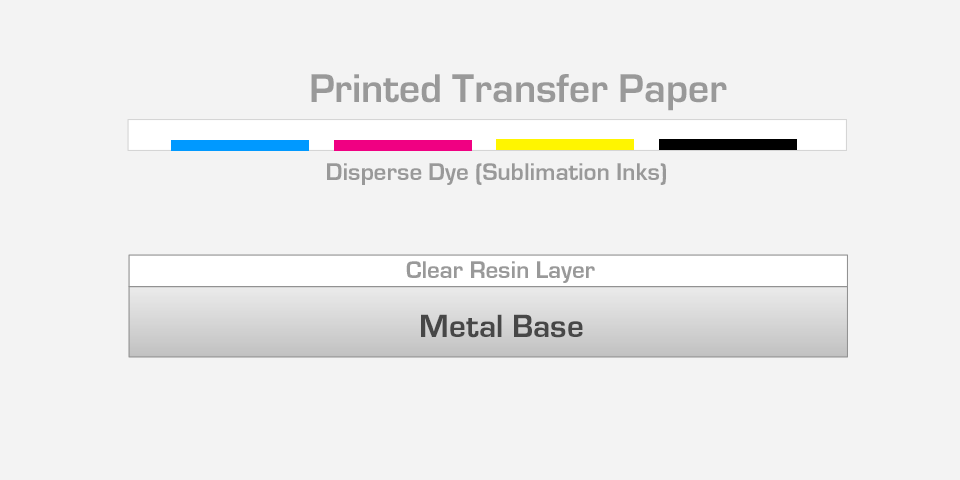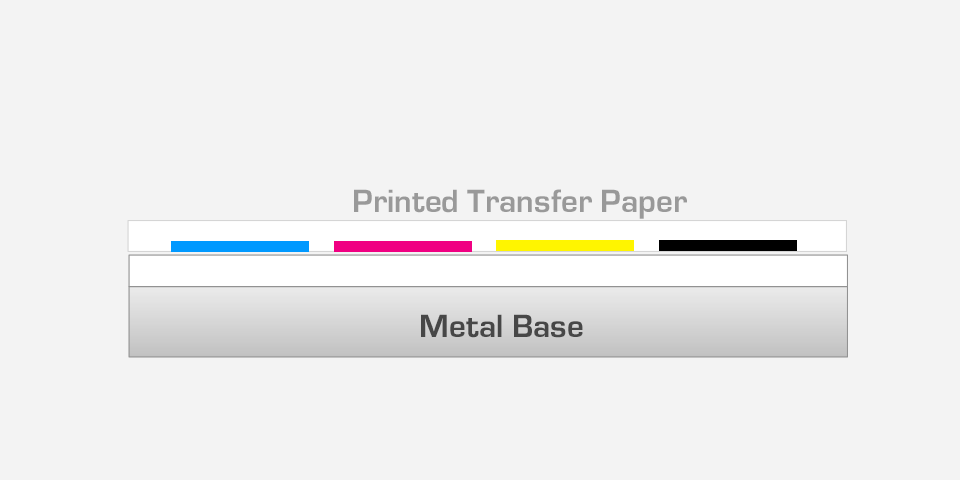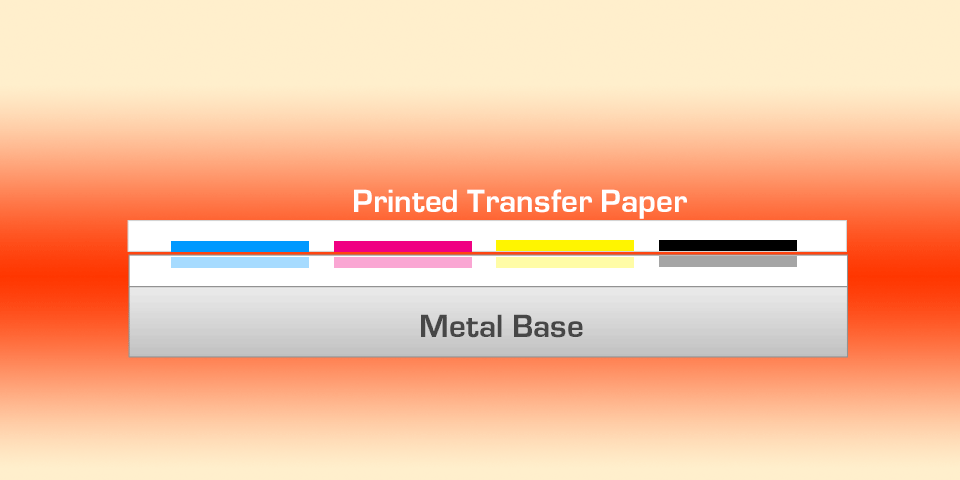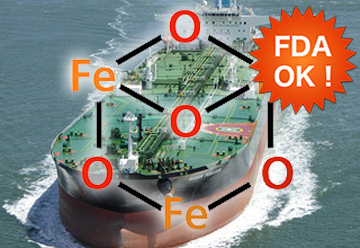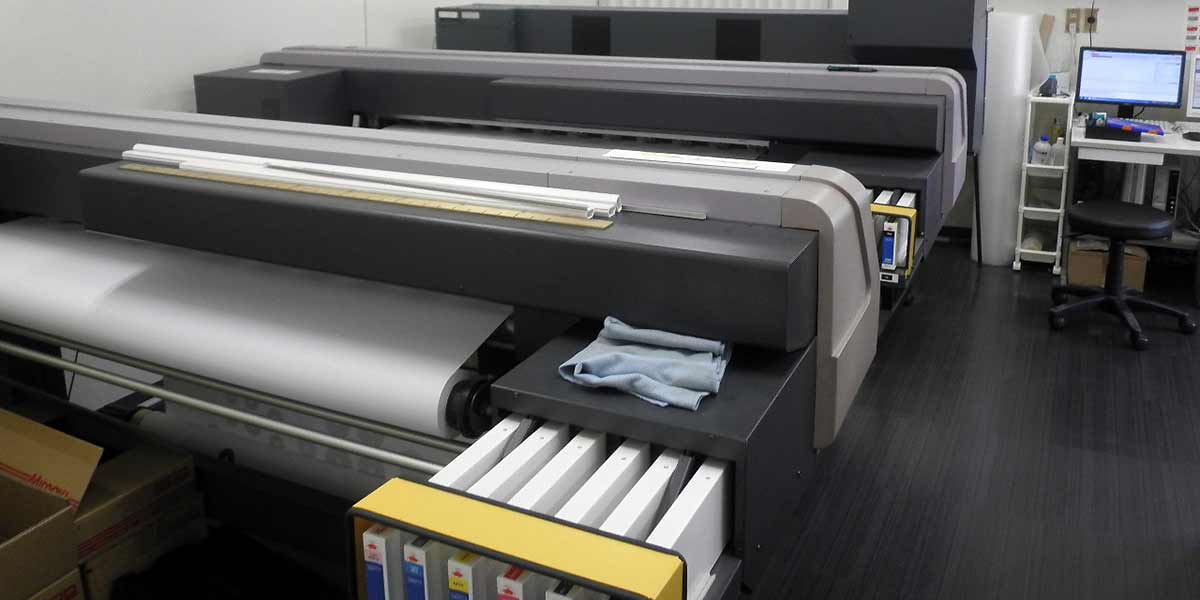
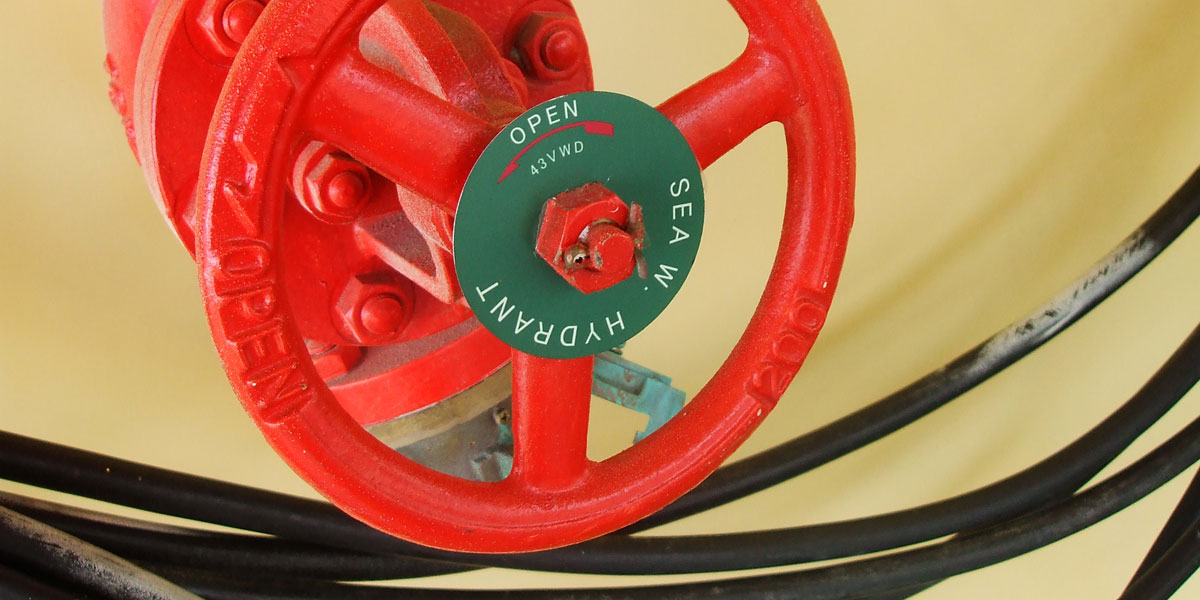
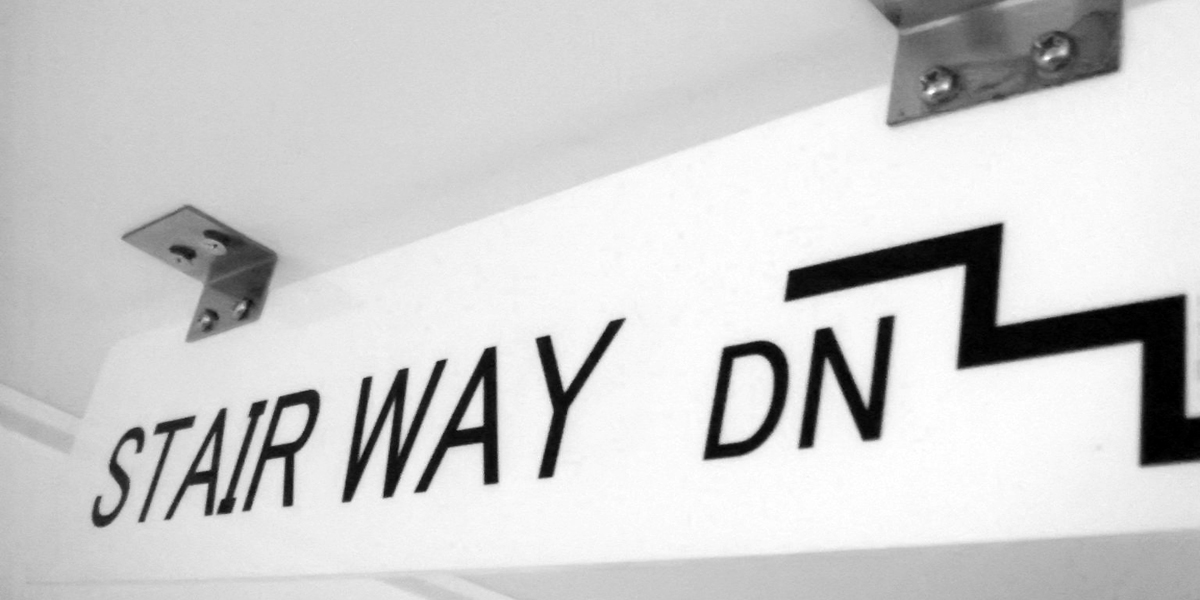
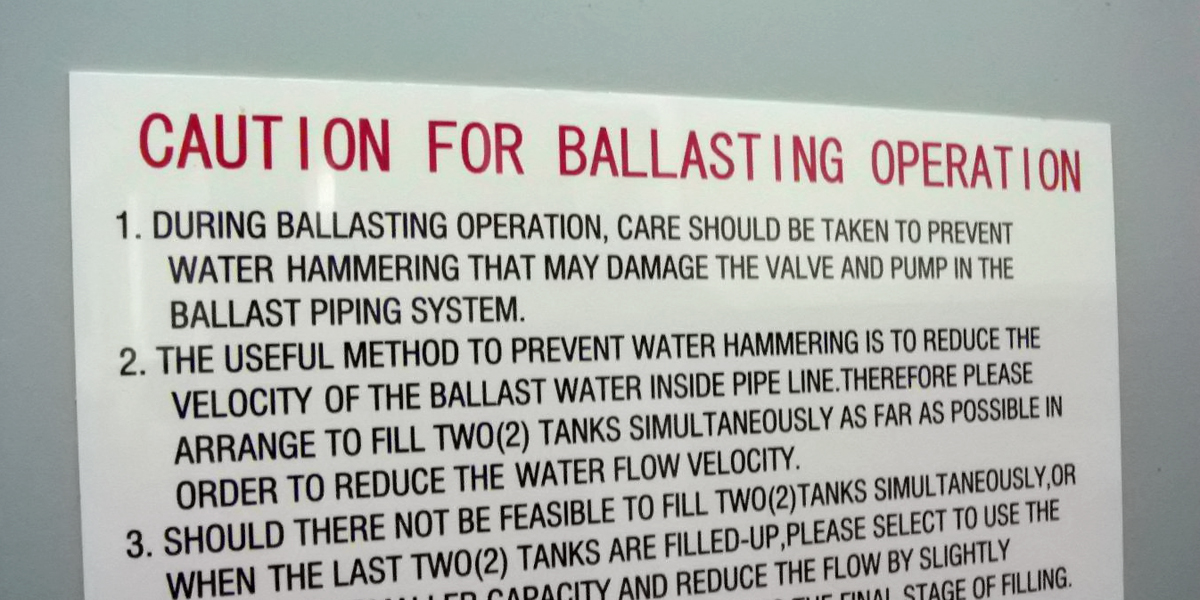
DYE SUBLIMATION THERMAL TRANSFER TECHNOLOGY
Let us explain about Dye Sublimation Thermal Transfer, the key technology for our marine marking products.
So, What is the Dye Sublimation Heat Transfer Technology?
Sublimation thermal transfer is a vapor phase dyeing method that utilizes sublimable and volatile dyes (disperse dyes). Disperse dyes are gasified by heat, and dyeing is performed by penetrating a metal plate coated with heat-resistant synthetic resin or hard resin.
How We Make Our Marking Products ?
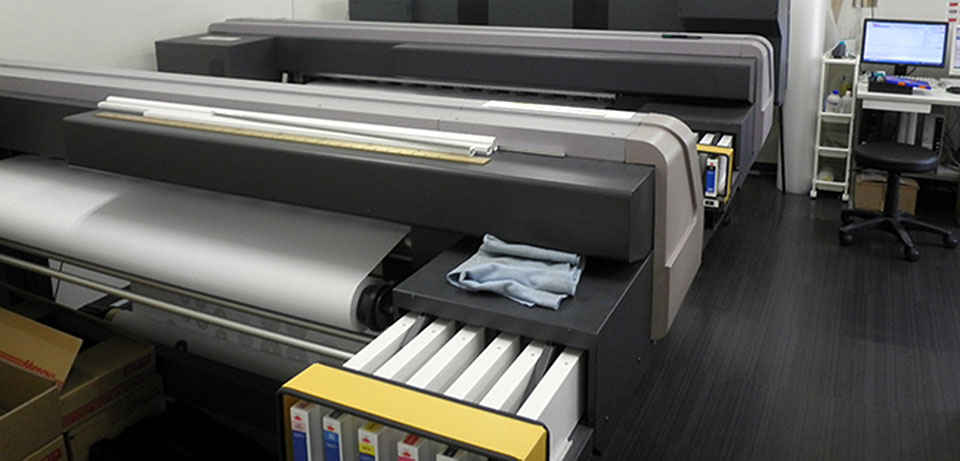
The actual manufacturing process begins with the use of an inkjet printer to print ink made from disperse dyes onto special transfer paper.
Next, the printed transfer paper is placed on top of a metal plate, film, or other material and heat-treated (150℃ to 200℃ for 1 to 8 minutes) to allow the ink to penetrate the resin layer of each material, completing the transfer.
We use aluminum sheet, stainless steel sheet, galvanized steel sheet, and PET film as materials, but the production process is the same. No chemicals or organic solvents are needed in the production process.
The Sublimation Transfer Advantage

Our ship marking products using dye sublimation thermal transfer technology are digitally printed on demand. This technique eliminates the need to make each piece by hand and does not require plate making, making it ideal for ship nameplates, which is a small-lot, high-mix application.
But that's not all. The color and text can be freely expressed to meet the customer's needs. In addition, the resin layer is soaked with dye, making it highly resistant to weather, corrosion, and water. In addition, it does not contain or use harmful chemicals.
Comparing other techniques including etching and silk-screening, the superiority of sublimation thermal transfer is clear.
Expanding Applications of Dye-sublimation Thermal Transfer
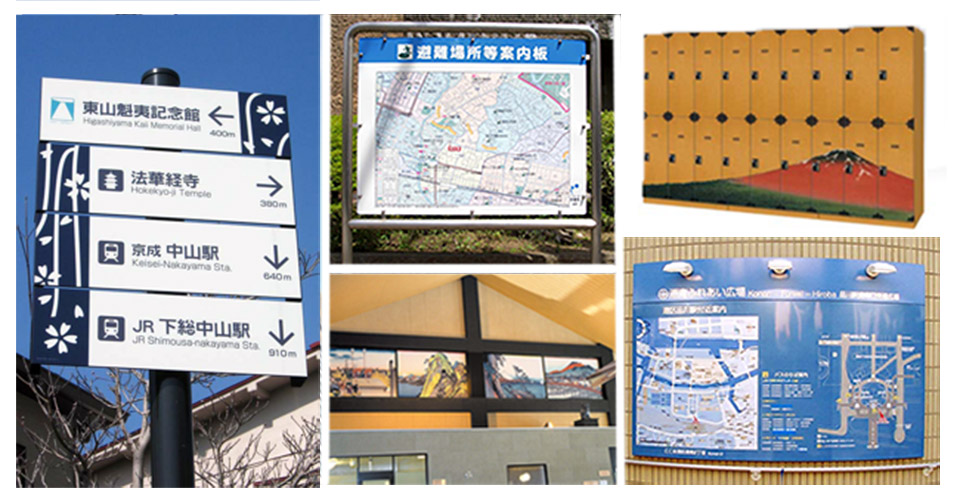
As a printing technology that imparts images to metal or film itself, sublimation thermal transfer is currently used in a wide range of applications, besides ship nameplates. You've probably already seen them in many places.
To name a few : decorative panels for portable audio players, guide map panels, various advertisements, displays, and information boards in commercial facilities, cell phone relay boxes in subway stations, locker door materials in bathing facilities, floor tiles in facilities, etc. etc.

